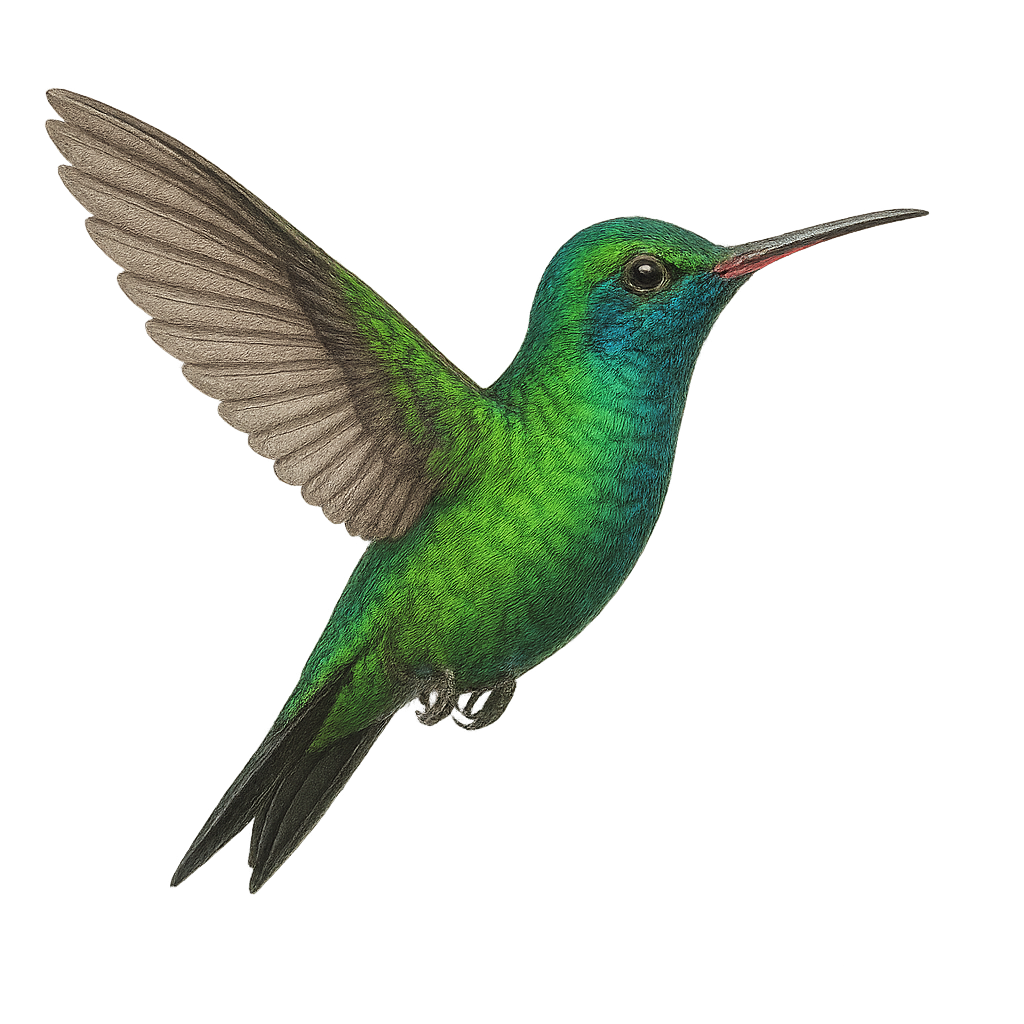Your wildlife photography guide.
Explore the glittering-bellied emerald in detail, study its behavior, prepare your shots.
Where to observe and photograph the glittering-bellied emerald in the wild
Learn where and when to spot the glittering-bellied emerald in the wild, how to identify the species based on distinctive features, and what natural environments it inhabits. The WildlifePhotographer app offers tailored photography tips that reflect the glittering-bellied emerald’s behavior, helping you capture better wildlife images. Explore the full species profile for key information including description, habitat, active periods, and approach techniques.
Glittering-bellied Emerald
Scientific name: Chlorostilbon lucidus

IUCN Status: Least Concern
Family: TROCHILIDAE
Group: Birds
Sensitivity to human approach: Suspicious
Minimum approach distance: 5 m
Courtship display: September to December
Incubation: 14-16 jours
Hatchings: September to January
Habitat:
Open forests, savannas, urban gardens
Activity period :
Primarily active during the day, with peak activity in the morning and late afternoon.
Identification and description:
The Glittering-bellied Emerald, or Chlorostilbon lucidus, is a small hummingbird with dazzling, predominantly green plumage with metallic sheen. This winged jewel is endemic to the subtropical and tropical regions of South America, particularly in Argentina, Brazil, and Uruguay. It inhabits open forests, savannas, and urban gardens, where it primarily feeds on nectar, playing a crucial role in plant pollination. Its rapid and agile flight allows it to move easily between flowers. Despite its small size, it is territorial and does not hesitate to chase intruders from its feeding area. Its breeding period varies by region, but it is generally active year-round.
Recommended lens:
400 mm – adjust based on distance, desired framing (portrait or habitat), and approach conditions.
Photography tips:
To photograph the Glittering-bellied Emerald, choose sunny mornings when natural light highlights its metallic sheen. Use a 400mm or longer lens to capture precise details without disturbing the bird. Be patient and discreet, as this hummingbird can be suspicious. Set up near flowers it frequents to increase your chances of spotting it. A tripod can be helpful to stabilize your camera and achieve sharp images. Remember to check your exposure to avoid overexposure due to the bright reflections of its plumage.
The WildlifePhotographer App is coming soon!
Be the first to explore the best nature spots, track rutting seasons, log your observations, and observe more wildlife.
Already 1 439 wildlife lovers subscribed worldwide

